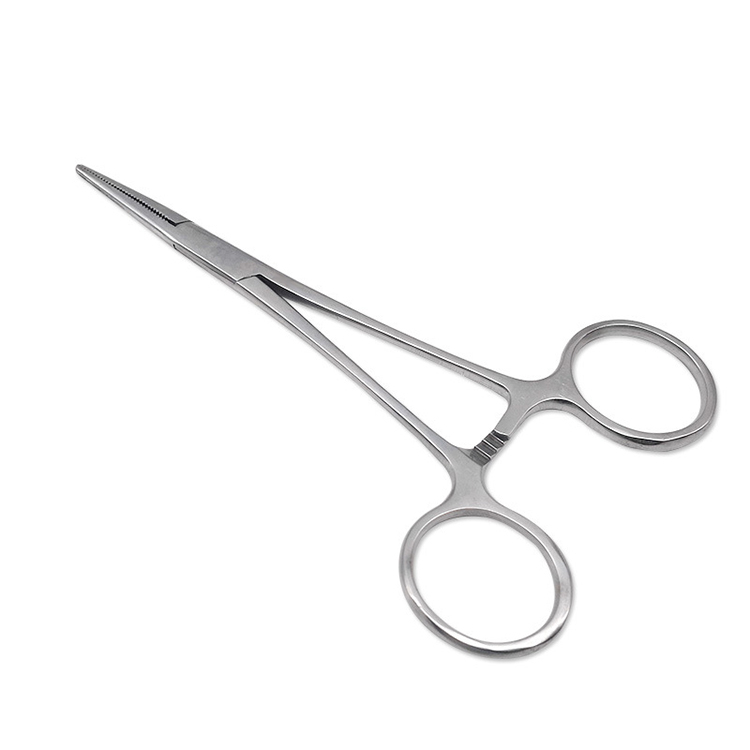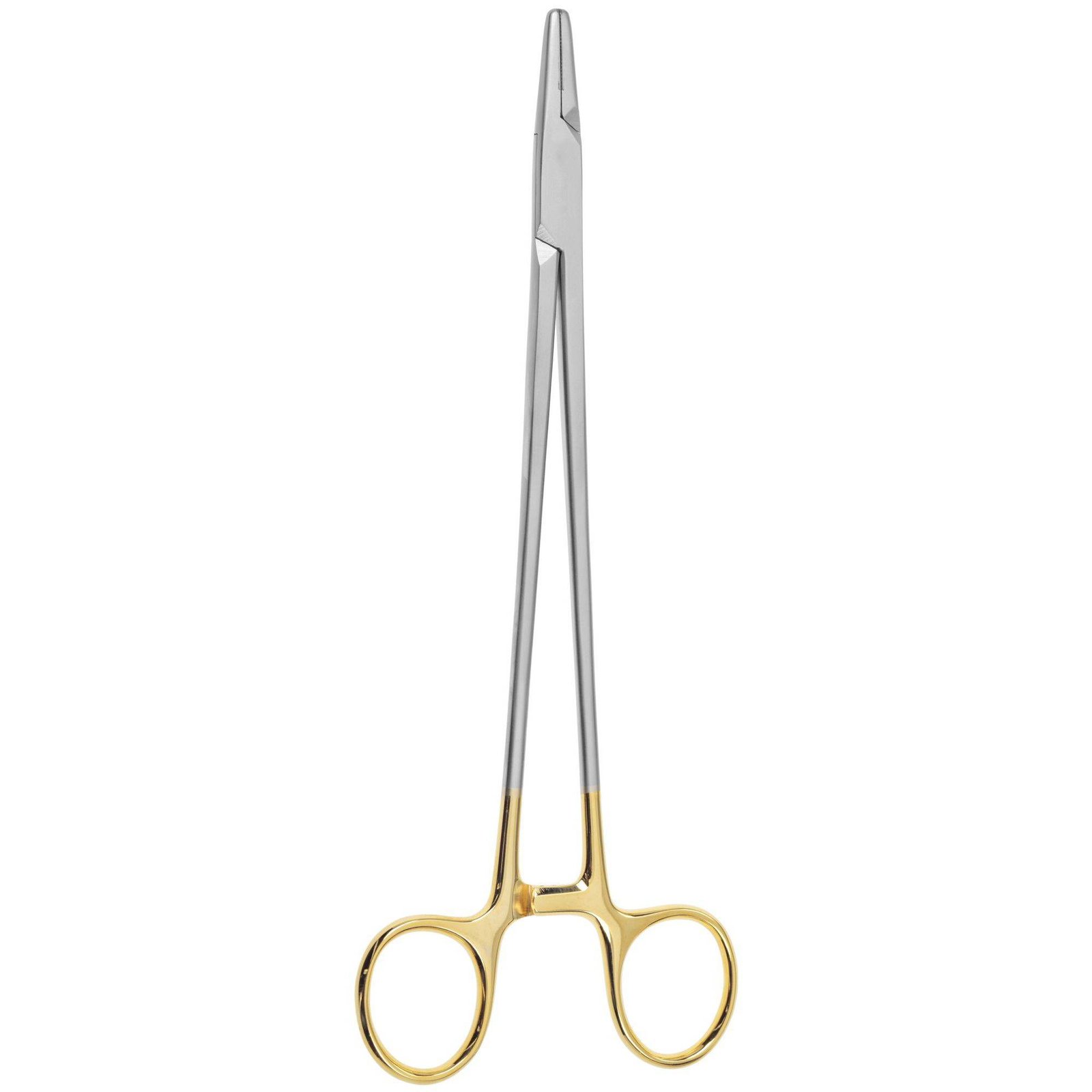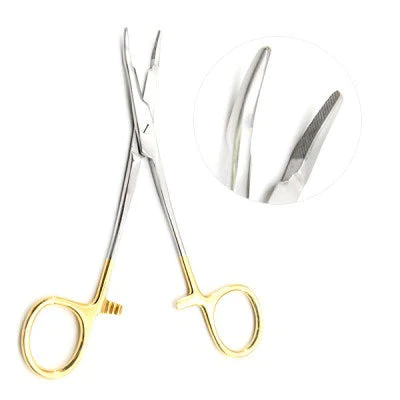From Battlefield to Operating Room: The History of Hemostatic Forceps

The History of Hemostatic Forceps

Hemostatic forceps—often simply called “hemostats”—are small but mighty tools that have saved countless lives throughout medical history. These versatile clamps have revolutionized how surgeons control bleeding and have evolved through centuries of innovation, war, and scientific discovery. In this article, we’ll explore the fascinating journey of hemostatic forceps from ancient roots to modern precision instruments.
1. What Are Hemostatic Forceps
Hemostatic forceps are surgical instruments used to clamp and control blood vessels to stop bleeding during procedures. Featuring a locking mechanism and serrated jaws, they compress vessels without cutting them, facilitating hemostasis. Their function is critical in almost every surgical specialty.
Semantic keywords: surgical clamps, vessel compression, bleeding control, stainless steel, locking handles
2. Ancient Origins of Bleeding Control
In ancient civilizations like Egypt, Greece, and India, physicians developed crude methods to manage bleeding. Cauterization with hot irons or herbal compresses were common. Indian surgeon Sushruta and Greek physician Galen referenced early tools for ligation, though forceps as we know them didn’t yet exist.
Semantic keywords: Sushruta, Galen, ancient ligation, wound management, bronze surgical tools
3. Medieval and Renaissance Innovations
During the Middle Ages and Renaissance, battlefield medicine and anatomical discoveries prompted more advanced surgical tools. Barber-surgeons and early physicians began creating primitive clamps to aid in amputations and battlefield injuries. However, sterility and effective design were still lacking.
Semantic keywords: battlefield surgery, early amputations, bloodletting tools, ligature technique, primitive forceps
4. The 19th Century: A Turning Point in Surgery
The 1800s marked a surgical revolution with the advent of anesthesia and antiseptic techniques. These breakthroughs created demand for more precise and reliable surgical instruments. Surgeons needed tools that could control bleeding effectively in sterile conditions.
Semantic keywords: antisepsis, Joseph Lister, Louis Pasteur, anesthesia, surgical advancement
5. Jules-Émile Péan and the Modern Hemostat
In 1867, French surgeon Jules-Émile Péan introduced the modern hemostatic clamp, a tool that combined locking mechanisms and reusable design. His invention provided the prototype for the arterial forceps still used today and set the standard for surgical clamping.
Semantic keywords: Jules Péan, Péan clamp, surgical instrument innovation, artery clamp, 19th-century surgery
6. Key Global Contributions
Medical communities in France, Britain, the U.S., and India all contributed to the refinement of forceps. William Halsted in the U.S. introduced the Halsted Mosquito Clamp. Kocher forceps came from Switzerland. Each design addressed different clinical needs and anatomical challenges.
Semantic keywords: Halsted clamp, Kocher forceps, regional innovation, surgical diversity, instrument design
7. Sterilization and Material Breakthroughs
The move to stainless steel and autoclavable instruments in the early 20th century allowed surgeons to use forceps more safely and repeatedly. Later, disposable hemostats emerged for single-use procedures, especially in trauma settings.
Semantic keywords: stainless steel, disposable forceps, autoclavable instruments, infection prevention, reusability
8. Hemostats in Modern-Day Surgery
Today, hemostats are indispensable in general, cardiovascular, orthopedic, and laparoscopic surgeries. Surgeons rely on them for delicate bleeding control, often customizing grip, length, and jaw type for different procedures.
Semantic keywords: laparoscopic clamp, trauma surgery, artery occlusion, surgical tray, ergonomic design
9. Manufacturing and Patent History
The production of surgical instruments became industrialized in the 20th century. Companies began patenting forceps variants for specific medical use-cases, from pediatric surgeries to microvascular applications.
Semantic keywords: surgical patent, medical device manufacturing, forceps variations, industry standard, FDA approval
10. The Enduring Legacy of Hemostats
From battlefield surgeries to modern-day operating rooms, hemostatic forceps have remained essential. As surgical techniques evolve, so too will the materials, mechanisms, and intelligence behind these instruments. But their core function—bleeding control—remains unchanged.
Semantic keywords: surgical heritage, instrumentation history, innovation timeline, clamp evolution, medical milestones
FAQs
1. Who invented hemostatic forceps?
French surgeon Jules-Émile Péan is credited with creating the modern hemostatic forceps in 1867, revolutionizing bleeding control in surgery.
2. What are the types of hemostatic forceps?
Common types include Mosquito, Kelly, Crile, Kocher, and Péan forceps, each designed for specific vessel sizes and surgical situations.
3. How are hemostats sterilized?
Most are sterilized using autoclaves (steam sterilization), though disposable variants exist for single-use applications.
4. Are hemostats still used today?
Yes, they are used in nearly every type of surgery, from emergency trauma operations to minimally invasive laparoscopic procedures.
5. What’s the difference between forceps and clamps?
All hemostats are clamps, but not all forceps are hemostats. Forceps can also be used for grasping tissue, while hemostats are specifically for clamping vessels.




